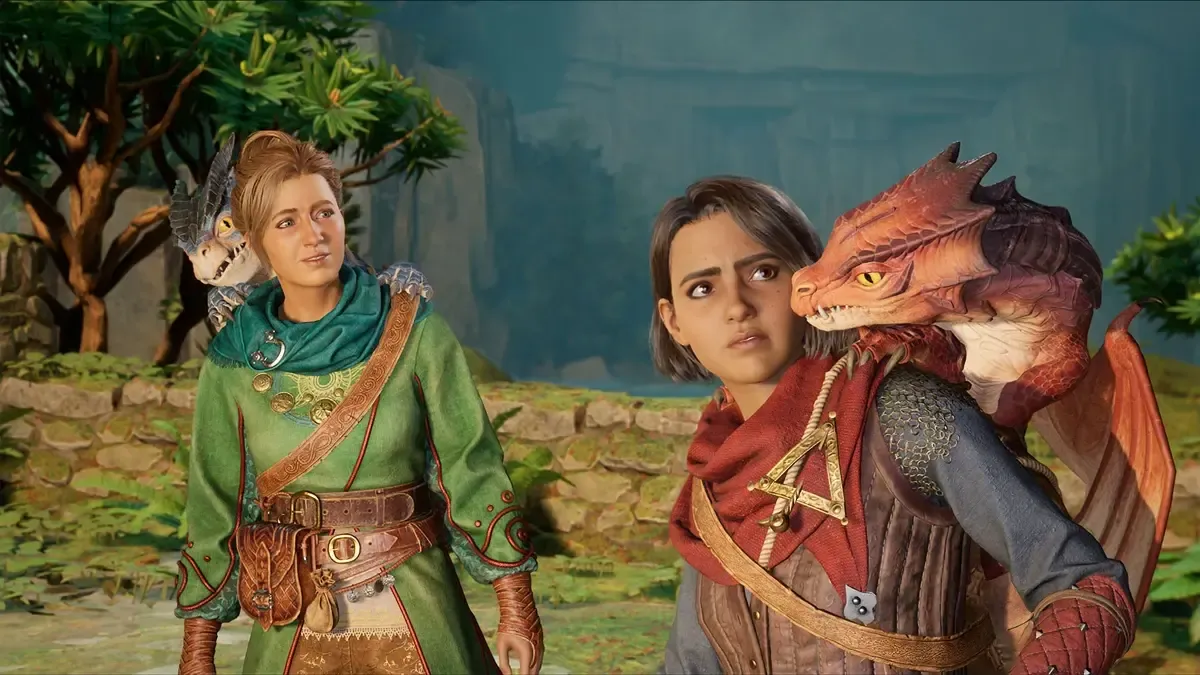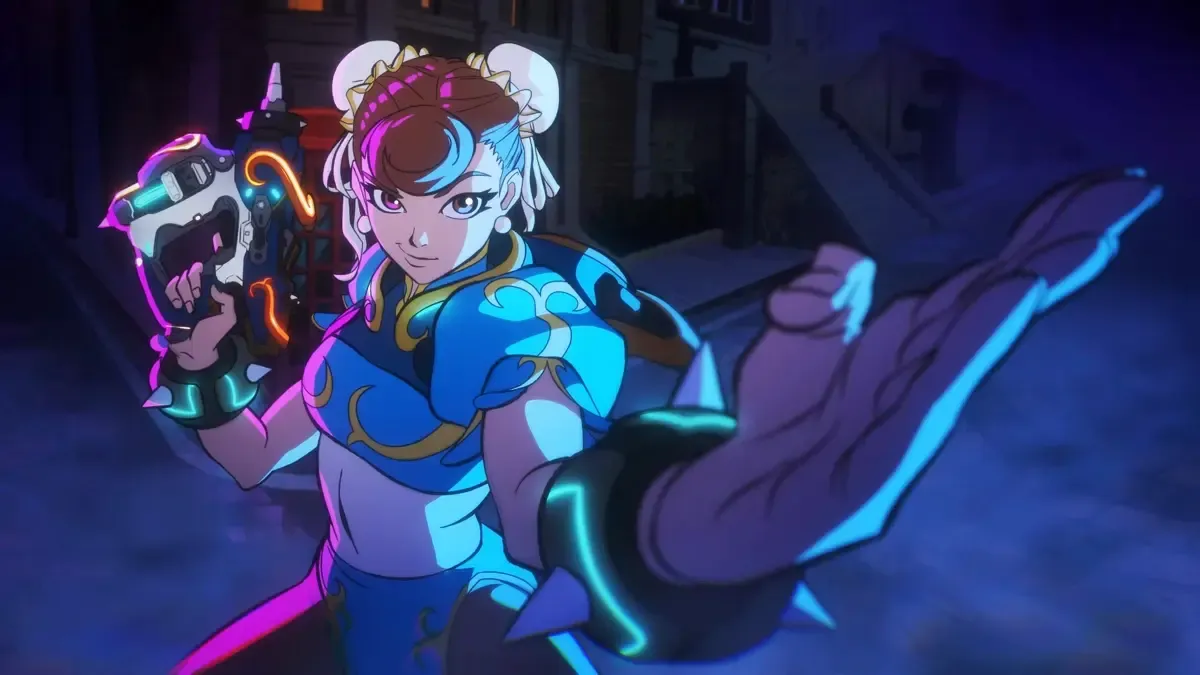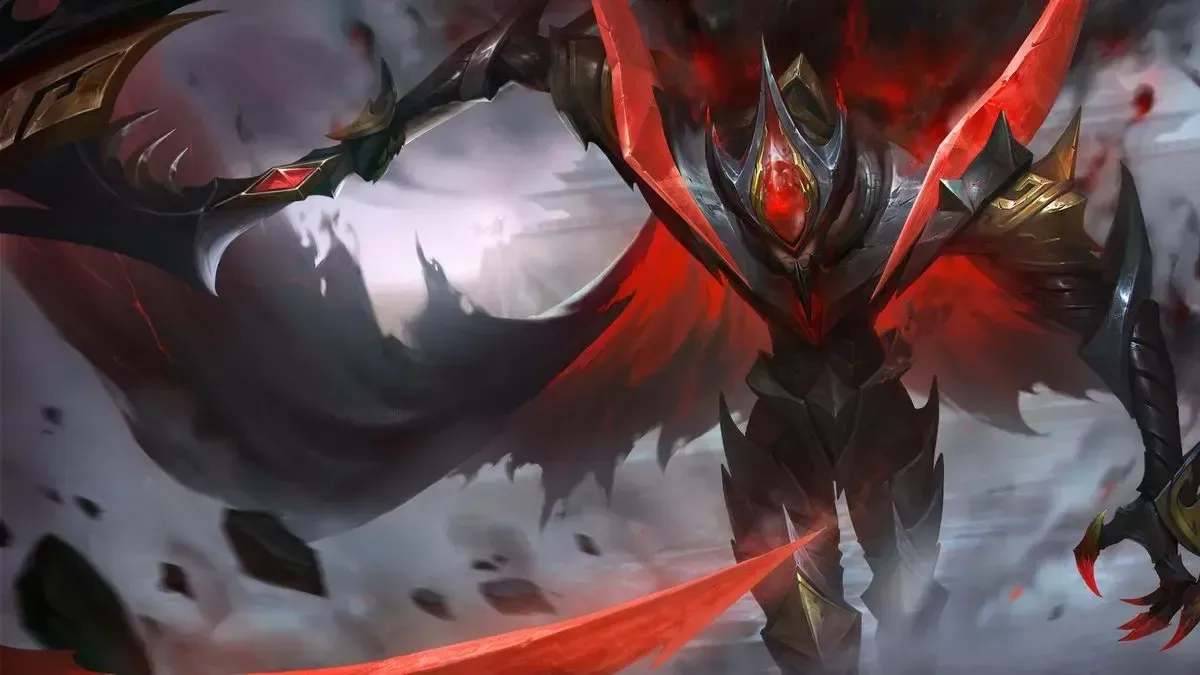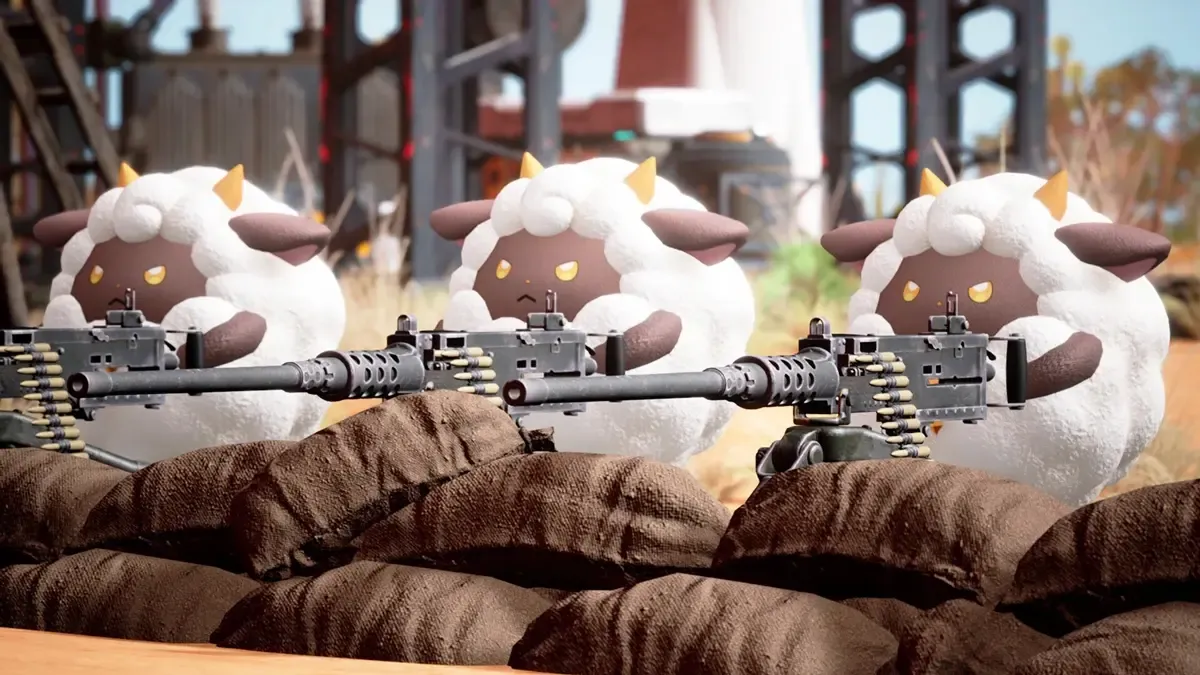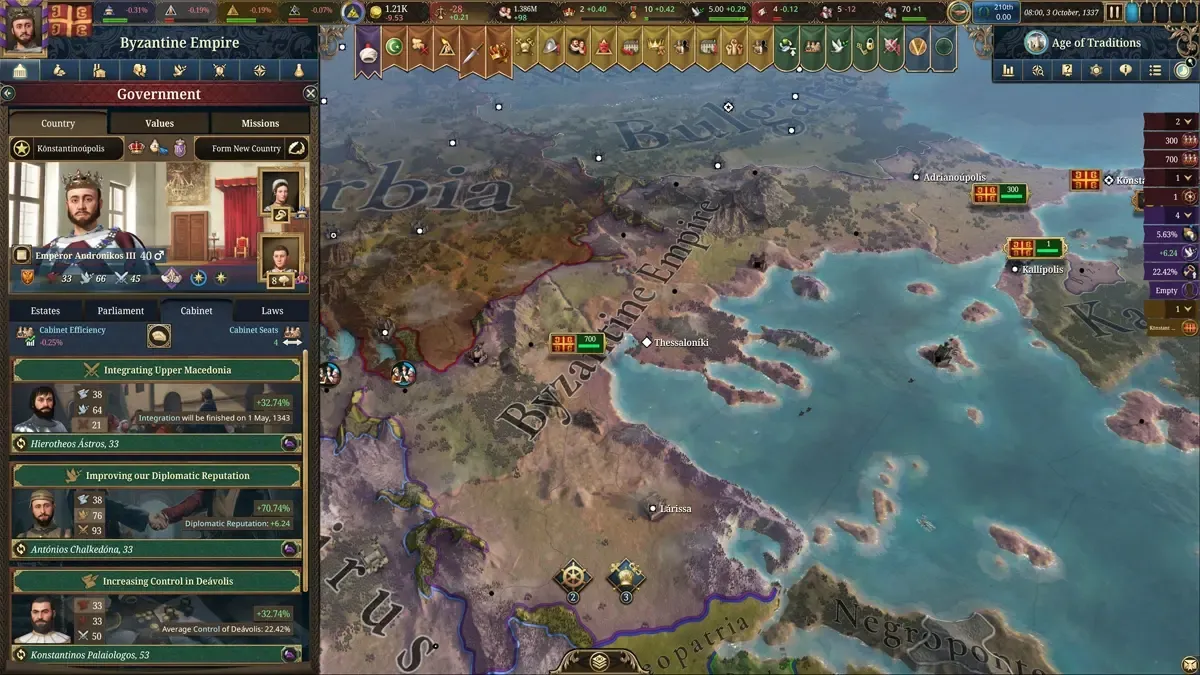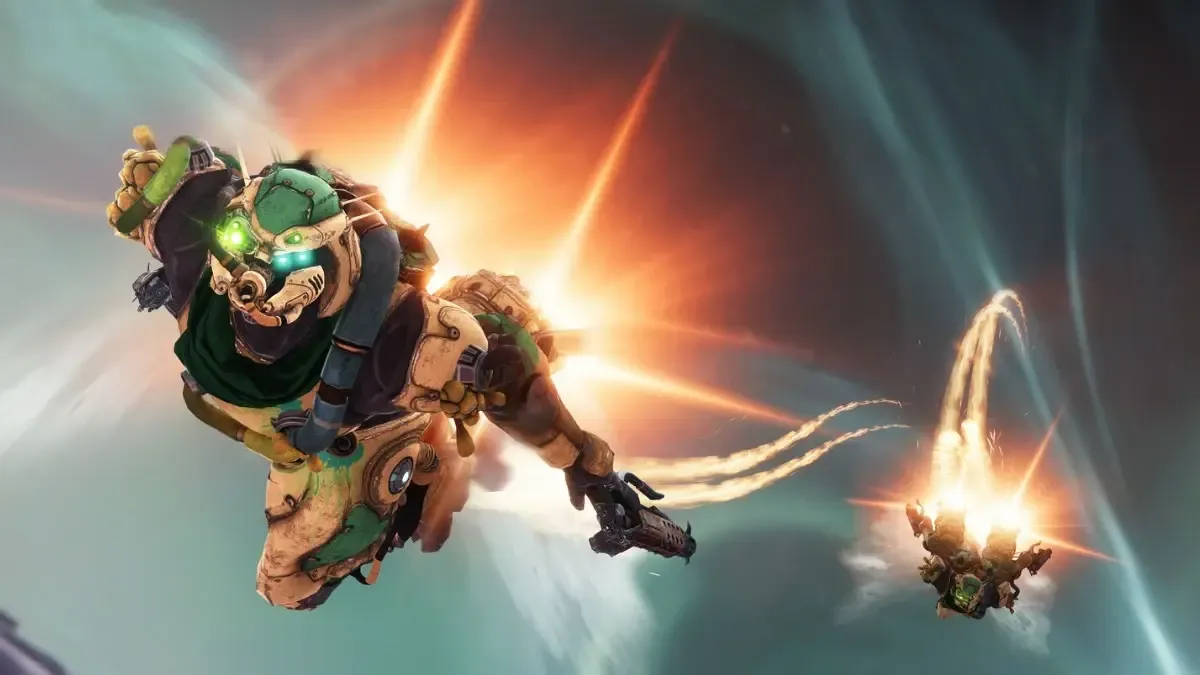Image: Hazelight Studios
Hazelight once again emerges with one of the best co-op games of recent memory.
As an ardent fan of co-op video games, I remain extremely thankful that game developers like Hazelight Studios exist. From the over-the-top prison break shenanigans of A Way Out, to the cartoonish relationship-mending minigames of It Takes Two, Hazelight has proven time upon time again that co-op multiplayer doesn’t have to be something that video game campaigns offer on the side. Playing through a story with someone can, in fact, be the main draw.
Hazelight jumped from telling hammy crime stories with A Way Out to assembling a fantastical Honey, I Shrunk the Kids! homage with It Takes Two. The studio’s latest release, Split Fiction, takes an even bigger leap by throwing players into the realms of sci-fi and fantasy simultaneously for maximum novelty. Even after delivering two fantastic co-op games in a row, Hazelight seems just as hungry to prove itself as ever here, packaging disparate ideas, fast-paced gameplay, and more challenging puzzles than ever to bring this genre to new heights.
The story left us divided (pun intended)
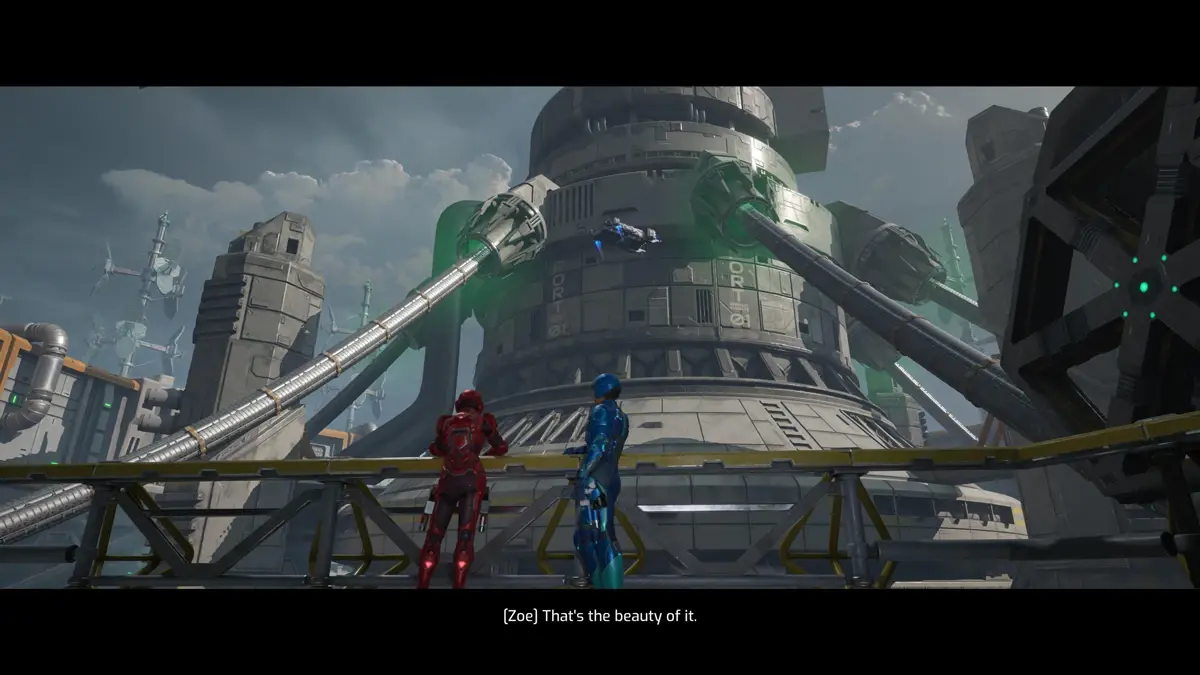
Split Fiction follows dual protagonists Mio and Zoe, two authors who visit the glossy headquarters of Rader Publishing to see their stories published at long last. However, the duo quickly learn that all is not as it seems, when they are plugged into an alternate reality-like simulation designed to drain them of all of their ideas. Instead of being trapped in separate realities as intended, things go even further off the rails when their simulations become entangled.
The story’s premise is rather thin overall, with its real-world plot developments dragged along by a cheesy and borderline spoofy portrayal of a rich CEO desperate to turn ideas into dollars by screwing over the little guy. With him are generic yes-men-like employees striving to keep Mio and Zoe from breaking out of their shared simulation, leaving the real-world plotline feeling rather similar to the Abstergo storylines in recent Assassin’s Creed games – at best, obtrusive and totally uninteresting, serving a sharp contrast to the madcap hijinks of our protagonists.
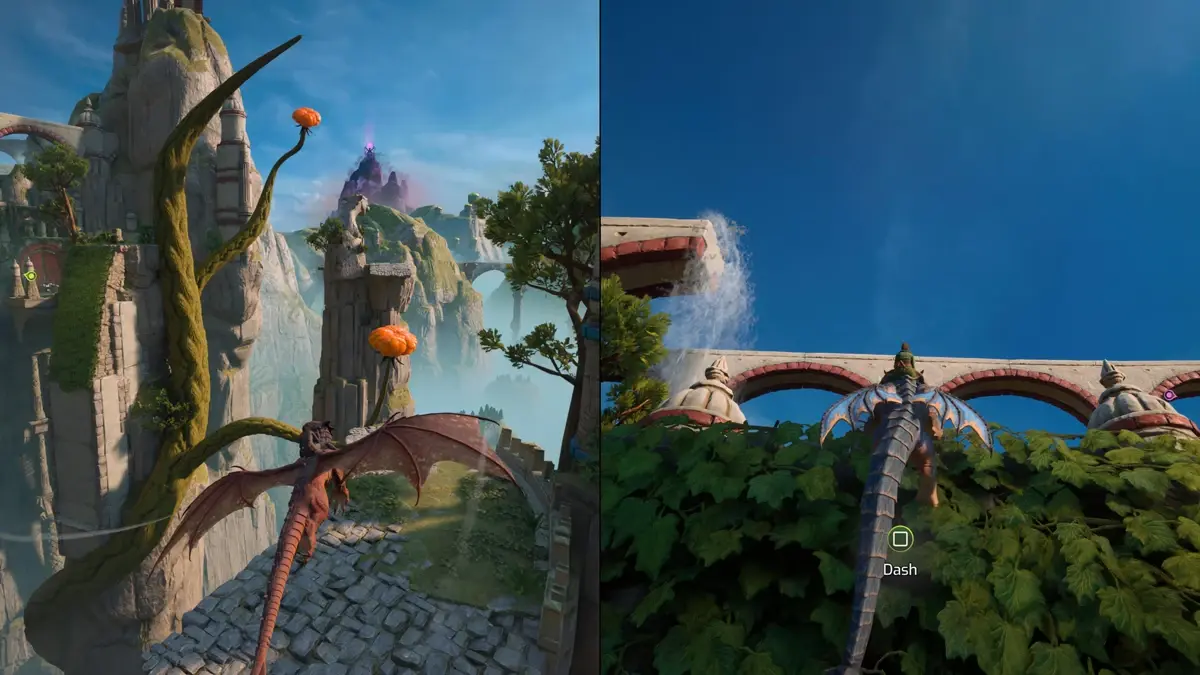
Mio is a sci-fi writer while Zoe is a fantasy writer. Together, the two ping-pong between simulated versions of their old stories in an effort to escape. Much like It Takes Two’s Cody and May, Mio and Zoe don’t like each other very much at the start of this story. Unlike the soon-to-be-divorced couple however, Mio and Zoe don’t have a believable enough reason to dislike each other with such immediacy, making it difficult to buy into their rivals-turned-friends dynamic. It doesn’t help that their dialogue is painfully generic, to the point that some of the game’s most impressive setpieces are weighed down by their stubborn resolve to churn out limp one-liners one after the other, like bargain bin Spider-Men.
While their complicated backstories lead to some of the story’s most heartfelt moments, it does take a really long time for players to get to know Mio and Zoe on more than the shallow level with which they are initially presented. Only after wading through their trauma in simulations, while the real world story is propped up by boilerplate corporate villainy, does the game deliver a fitting climax to their respective arcs. Zoe arguably gets the more emotional conclusion to her story, while Mio's seems a little slapdash by comparison. Either way, it's worth seeing their journey through, if only to gape at the utterly mind-boggling feat that is this game's final setpiece.
Peak co-op gameplay
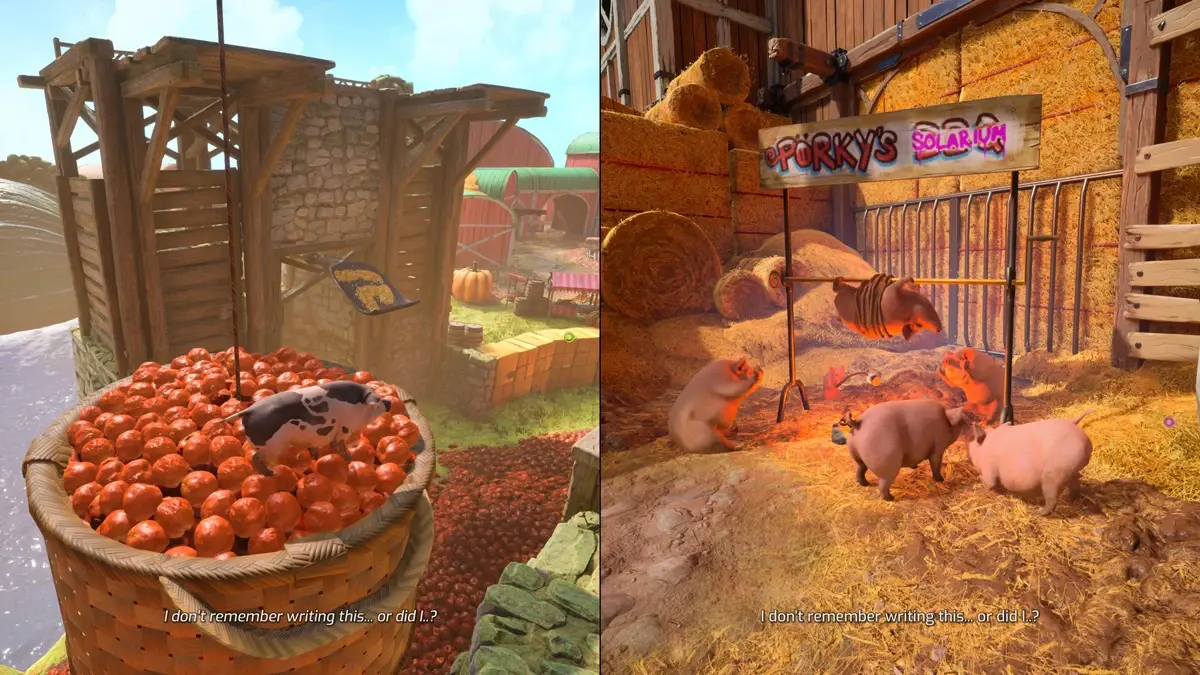
I loved playing Split Fiction, despite the many paragraphs above that might imply otherwise. Hazelight has perfected the art of making a good co-op game, and this game sees the studio swing for the fences with the biggest and most expansive title it has put out yet. Entire worlds are designed around unique gameplay mechanics, all of which evolve and coalesce into bombastic finale setpieces before they’re tossed aside in favour of the next thing.
The game’s frantic energy in constantly throwing new ideas at the player almost feels wasteful, but it winds up strengthening the co-op experience by ensuring players never tire of a single mechanic across the entire game. You’ll ride dragons, turn into mechanical balls, ride sandworms, and shapeshift into monsters, and what truly boggles the mind is that you’ll never do any of it twice. Even Mio and Zoe come equipped with unique ability kits across all of the game’s levels, ensuring that players can gain an all-new perspective on things simply by swapping characters for another playthrough.
Visually, this is Hazelight’s best-looking game by a country mile. The staggering amount of artwork that must have gone into generating multiple worlds, each of which fits neatly into different realms of sci-fi and fantasy, clearly paid off. The game’s worlds look as unique as they feel, leaving players feeling just as awestruck as Mio and Zoe each time one of their old stories is given new life. The game’s bossfights are a genuine spectacle as well, requiring intense coordination and precise timing to beat.
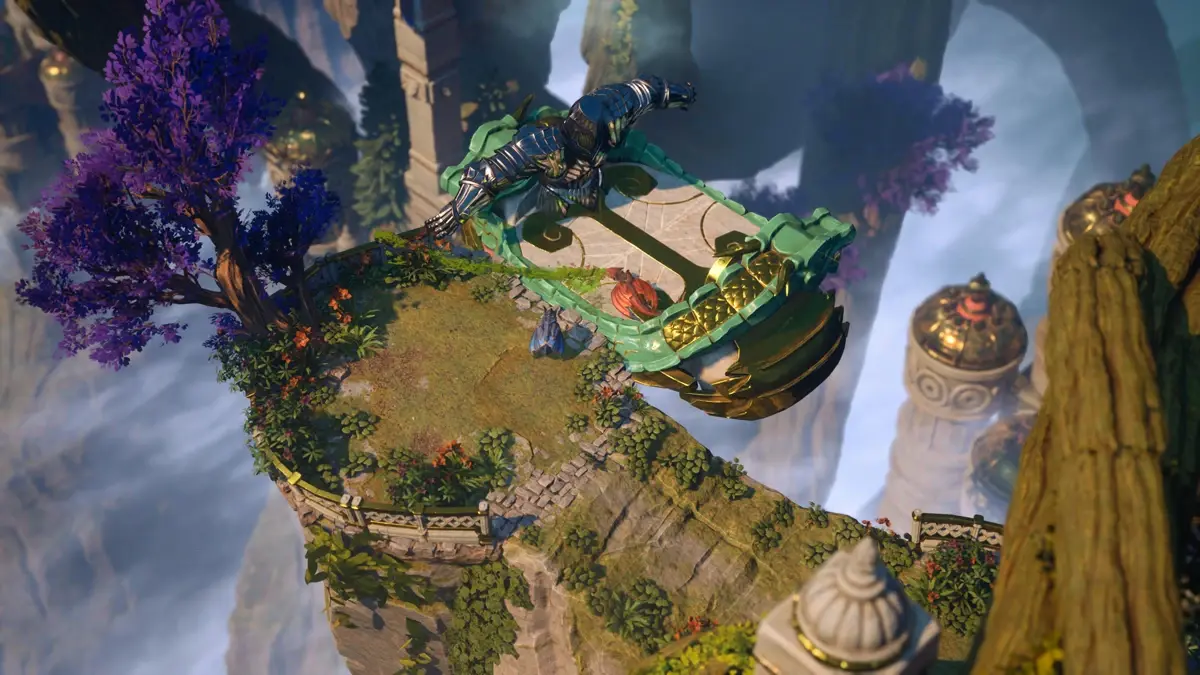
That being said, the worlds of Split Fiction offer nothing new to the genres they play with, instead coming off as adaptations of familiar tropes more than anything else. Even the most outlandish levels players visit can feel more devoid of life than the average Lego game, lacking in memorable characters beside Mio and Zoe themselves. This especially stands out in magical worlds where they seem to be the only magical pixies and monsters in existence, for example. This is a natural consequence of its own premise; by dividing itself into unique pieces, the game lacks a cohesive visual and narrative identity.
It’s genuinely difficult to describe the things you’ll get to do in Split Fiction. Hazelight’s mastery over co-op level design makes it so players can seamlessly transition from 3D to 2D spaces without batting an eye, or go from riding motorcycles in cyberpunk dystopias to gliding through the air as pixies in minutes. These are just the main story scenarios, too–the game’s fantastic Side Stories push the player even further with bite-sized levels that throw even more new ideas at the wall. Suffice it to say that you’ll be doing a little bit of everything in this game, and all of it will feel pretty fantastic.
We played Split Fiction on the PlayStation 5, and experienced buttery smooth gameplay for the most part. There were a few framerate hitches here and there, but they didn't last very long, nor were they particularly impactful towards gameplay. We did notice a few interesting dips in graphical fidelity due to the ever-shifting nature of this game's environments, with some 2D levels sporting much lower graphical fidelity than other 3D levels. Fortunately, these levels were few and far apart, and the inconsistency almost adds to this game's charm anyway.
Verdict
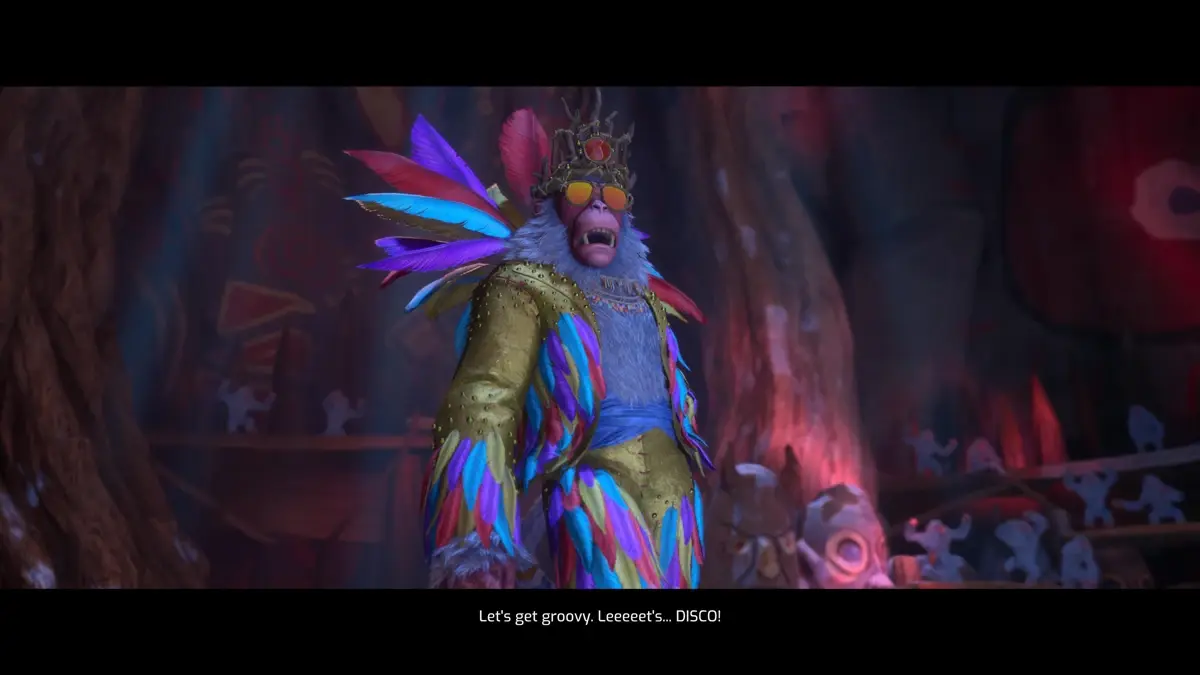
Split Fiction sees co-op game studio Hazelight at its prime, with an ambitious story campaign that constantly throws new ideas at players with astonishing vigour. While its main story may be riddled with bad dialogue, poor pacing, and bland antagonists, I can’t deny that its myriad worlds and gameplay mechanics had me glued to the controller for hours on end.
If you’re anything like me and my co-op partner, this is the most fun you’ll have laughing at a video game in a long time–and the most frustration you’ll feel towards the sheer ineptitude of a human being since playing Overcooked 2.
Split Fiction launches on 6 March, 2025 on PlayStation 5, Xbox Series X|S, and PC. We received a copy of the game for this review.

